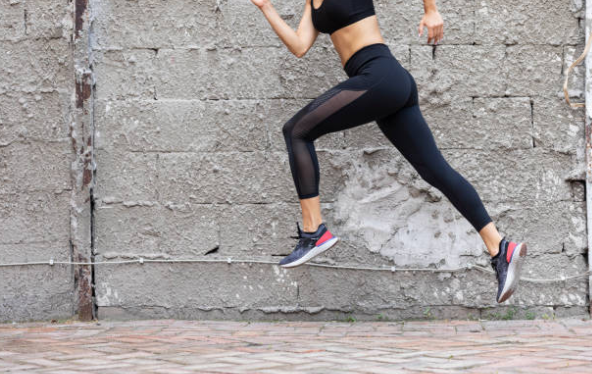As there are different types of shoes available in the market, it is very difficult to determine which one can fulfill all your requirements.
This is more important when you are trying to choose one between training shoes and running shoes, as therein usually are no apparent differences between these two.
However, understanding which shoe you need for your workout can help you to perform better while avoiding injuries. So, here is some key information through which you can decide what shoes can suit you the best.
So, here’s how you can decide between training shoes and running shoes.
What are the differences between training shoes and running shoes?
Though the training and running shoes look very similar, there are a few key differences between those two. Such as:
- Heel drop
You can easily tell if a shoe is a training shoe just by looking at its flatness. The technical term used to describe this feature of the training shoes is “heel drop.” “Heel drop” usually refers to the distance from the heel height to your toe height. In running shoes, the higher heel drop came from extra cushioning and added support.
- The flexibility of the sole
Running shoes are usually made for heel-to-toe movement. In comparison, the training shoes are best for multi-directional movement or side-to-side movement. Thus, the soles of the training shoes are more flexible to allow different types of movements.
What are the uses of running shoes?
The name itself tells you that the running shoes are for running. The running shoes are capable of protecting your feet while pounding on the hard pavement again and again. The running shoes are made to help you with your forward movement.
Moreover, these shoes also offer extra support and cushioning, which is often known as a higher heel drop. This can offer you more comfort during your runs and while you need shock absorption.
What are the uses of training shoes?
Training shoes offer support for a range of movements, such as jumping, stopping, cutting, breaking, and also changing directions quickly.
These features make the training shoes a good choice for various types of workouts. So, you can always choose training shoes as your companion in the gym.
Some other important uses of training shoes
- Weight lifting: Training shoes offer heel support so that you can go lower into squats and can stand up easily.
- High-intensity workouts: Training shoes have cushioning for comfortable run training.
- Agility training: The training shoes have outsole patterns and grooves for tracking during your multi-directional movements.
- Strength training: Training shoes are the best for strength training because they are made for offering extra space in your forefoot.
What may happen if you use the wrong shoes for your workouts?
Wearing the wrong shoes while working out may lead to the problems like:
- Lowered performance: Usingrunning shoes for your training may result in reduced stability and traction during your exercises. Whereas running in the training shoes can affect your strides and decrease your performance.
- Pain and discomfort: The wrong choice of shoes may result in aches, soreness, blisters, and pains.
- Injuries: As both the training and running shoes are made to give support to your body during different types of movements, thus using the wrong shoe can risk your chances of having injuries like knee injuries, tendonitis, ankle sprains, etc.
Therefore, as both the training shoes and running shoes are engineered for several specific types of activities, thus it is always best to use the right one to ensure sure safety and better performance.